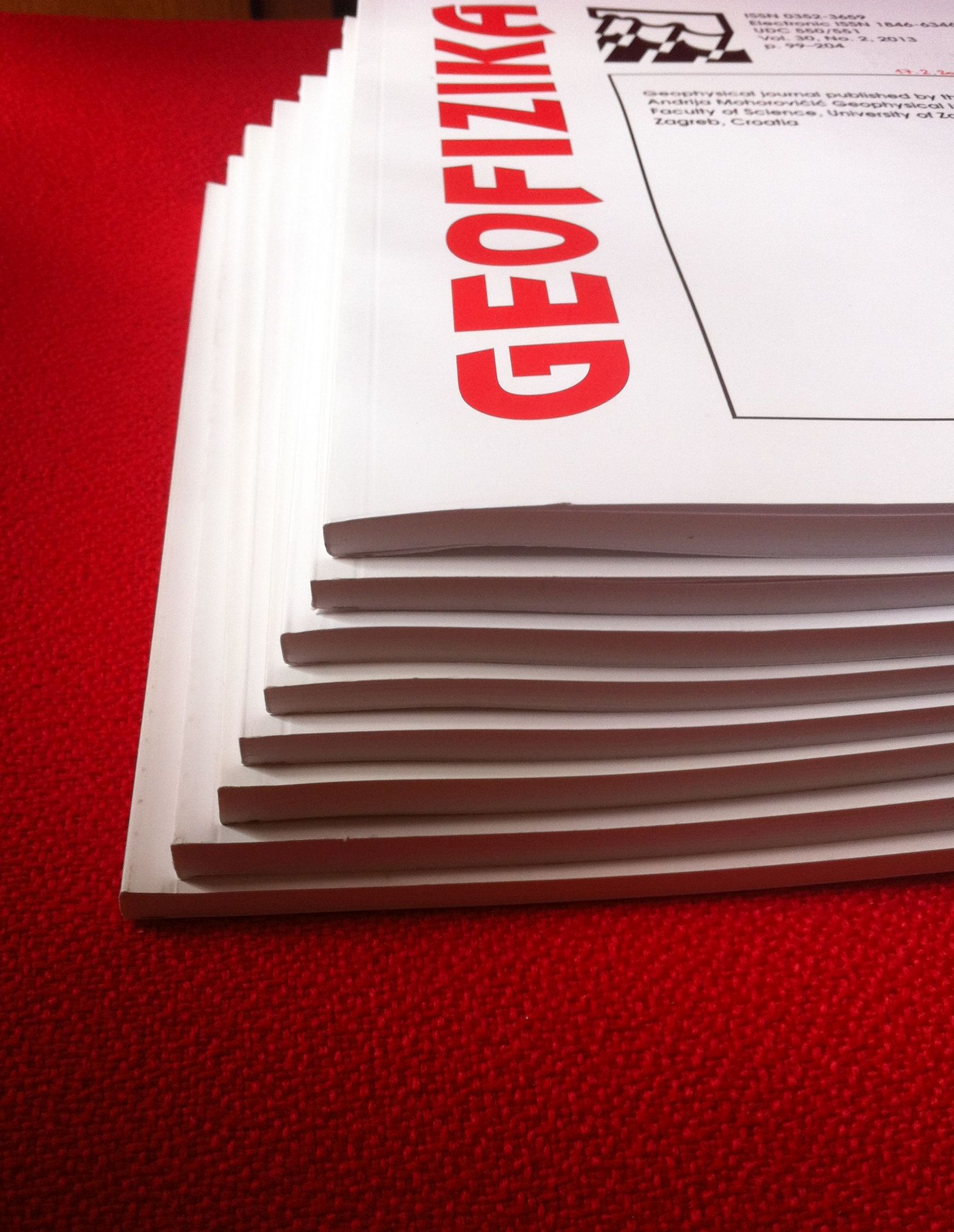Microearthquake identification and seismicity analysis of the M4.7 Feidong earthquake sequence in Anhui
DOI:
https://doi.org/10.15233/gfz.2025.42.7Keywords:
Deep Learning, Double-Difference Relocation, Focal Mechanism Solution, Seismogenic StructureAbstract
On September 18, 2024, an M4.7 earthquake struck Feidong County in Hefei, Anhui Province. Located at the complex junction of the Tanlu fault zone, this event exhibited a clear foreshock–mainshock–aftershock evolution, attracting widespread attention. To investigate the aftershock activity and seismogenic structure of this earthquake sequence, this study employs deep learning methods applied to continuous waveform data from the Anhui seismic network for automatic detection. Coupled with precise earthquake relocation, a comprehensive and high-precision seismic catalog was constructed. The relocation results indicate that the Earthquake sequence are mainly distributed along a linear trend in the NE–SW direction, extending approximately 12 km, with hypocentral depths concentrated between 8 and 13 km. Notably, both the mainshock and most aftershocks occur at a depth of about 10.5 km. Focal mechanism solutions reveal that the dominant earthquakes in the region exhibit right-lateral strike-slip rupture on steeply dipping faults trending NE, which is highly consistent with the orientation and structural characteristics of the primary Zhuding–Shimenshan fault in the area. In conjunction with observational evidence of fluid intrusion, it is inferred that fluids may have migrated from the southwest into the seismogenic zone through structural pathways such as the Zhuding–Shimenshan fault and accumulated within a depth range of approximately 10 km near the fault. This fluid accumulation likely induced local stress concentration, which may be the primary trigger for the Feidong earthquake sequence.
Downloads
Published
Issue
Section
License
Copyright (c) 2025 G e o f i z i k a

This work is licensed under a Creative Commons Attribution-NonCommercial 4.0 International License.

